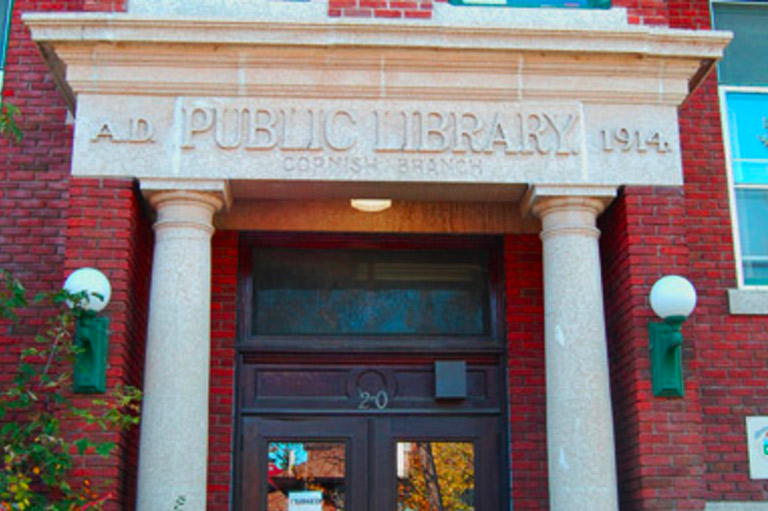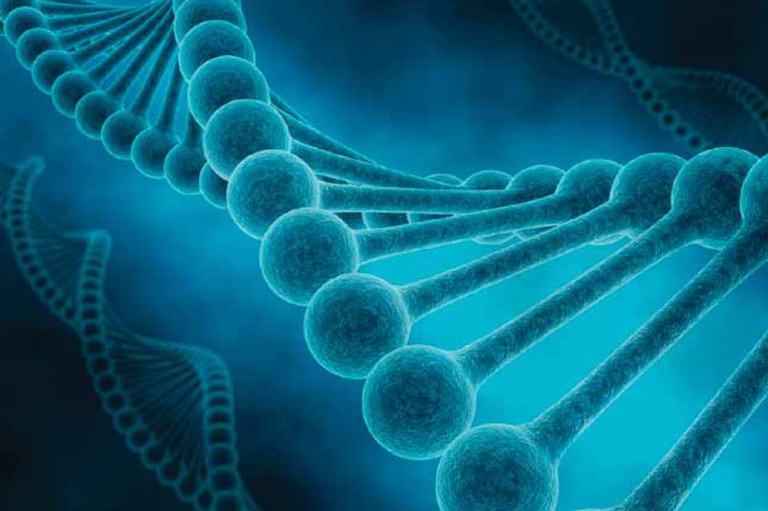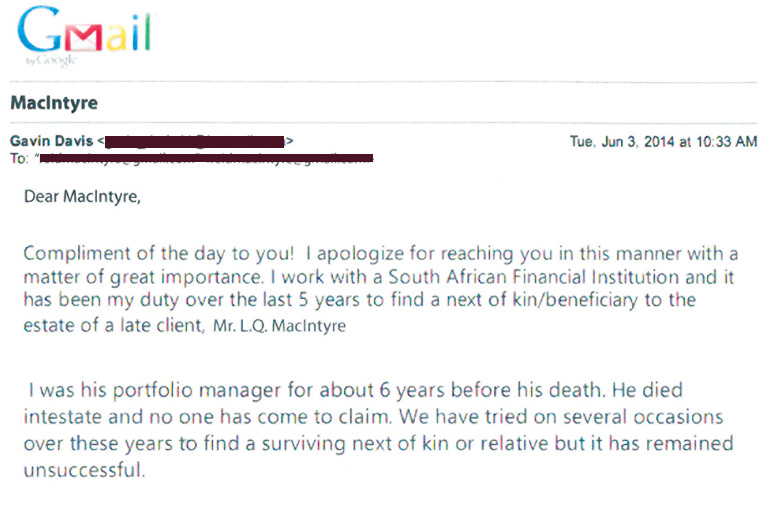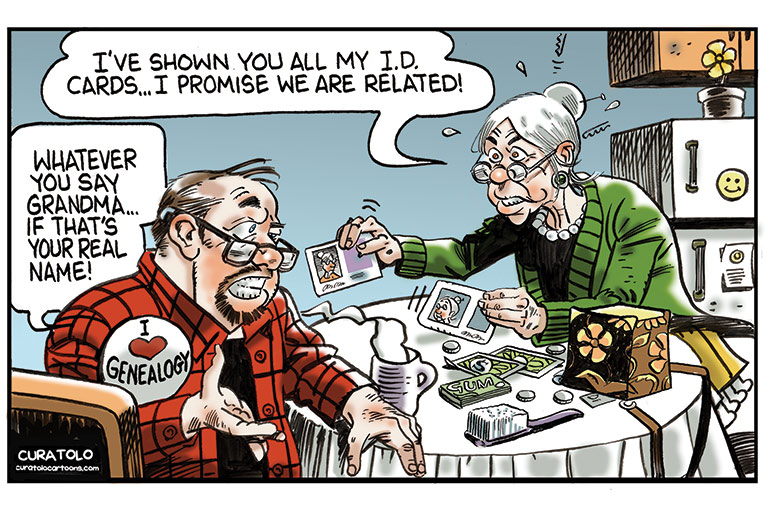Roots: Dangers Lurk in Photo Albums
Talk to conservators anywhere in Canada and you will find that they are regularly asked to minister to the sorry remains of once-precious documents and heirlooms. Over and over again they are called in too late by desperate families, often after the failure of disastrous amateur efforts to preserve and repair heritage treasures.
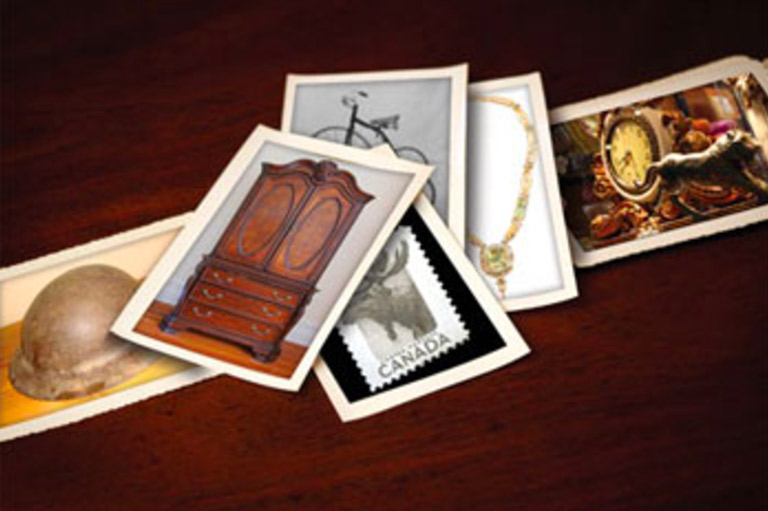
Conservators repeatedly see:
- vintage photographs handed down through generations only to be ruined after just a decade of “preservation” in magnetic photo albums;
- prints and paintings irreversibly discoloured, or “burned,” around the perimeter where in contact with a sub-standard mat;
- so-called archival scrapbooks manufactured with corrosive inks that no archivist would ever countenance;
- legacy wedding dresses, lovingly recalled from long-term storage for a daughter or niece, discovered to be nothing more than yellowed tatters with barely enough pristine fabric to make a veil or a hankie; and
- otherwise salvageable heirlooms taped up like a hockey stick for “safe transport” to the conservator, whose first and greatest challenge will be repairing the damage from the tape.
In every case, the owners of the artifacts, intelligent and responsible people, were trying to do the right thing.
Advertisement
Take the wedding dress. It was still wrapped in the tissue paper and sealed in the very plastic bag in which it came home years ago from the dry cleaner. One would think that’s surely the way to store it. In fact the plastic seal stopped the venting of residual dry cleaning chemicals, which then ate away at the fabric of the dress. Over time, acids leached from the tissue paper and plastic, compounding the damage.
Or consider archival scrapbooks. Surely that description must mean something. Sorry, archival is an unregulated word. You can, however, rely on terminology such as “100 per cent acid-free,” “museum grade,” “100 per cent rag” (signifying a paper with no wood content and thus no lignin, a source of acids), or “buffered” (slightly alkaline to neutralize any acids).
What about those works of art you spent a fortune on reframing? Unless you sought out acid-free materials, you are surely inflicting mat burn on these pieces, especially if you opted for something other than white. Colour comes from dyes, which are almost certainly not acid-free.
So what to do? First some basics.
Never:
- laminate (heat and vacuum seal in plastic) anything of value;
- encapsulate (in a plastic folder) documents with a powdery surface, such as pastels or charcoal drawings;
- use polyvinyl chloride (PVC) plastic in the storage or display of valuables;
- apply tape (transparent, duct, masking) to anything of value;
- use storage products (such as magnetic photo albums) with adhesives; or
- do repair jobs with adhesives. In fact, for an heirloom of value, never attempt amateur repair jobs of any kind.
Always:
- make an inventory of items with historic, sentimental, or intrinsic value;
- take photographs of your valuables and ensure that they are properly insured;
- store your photos and inventory, in both hard copy and digitally, in accordance with normal best practices for data protection and backup;
- purchase storage and display materials (boxes, tissue paper, folders, mats, and so on) that are 100 per cent acid-free — and that means acid-free inks and dyes, not just the supporting medium;
- use buffered storage products if available, except for wool, silk or other protein-based fabrics that can be damaged by contact with alkaline materials;
- find a storage location free from extremes of heat and humidity; and
- seek the advice of a trained conservator if you have a problem, need a repair or restoration, or are uncertain how to conserve an heirloom.
Many of us, let’s face it, are skinflints with an exaggerated sense of our talents. If we just had the time or the connections, we’d be writing great screenplays, managing the Blue Jays to a pennant, and effortlessly handling DIY projects around the home, such as repairing that sculpture we inherited from Uncle Fred.
Let’s meet halfway on this: I’ll concede that your screenplay could be an Oscar contender if you agree to leave Uncle Fred’s legacy to a professional conservator. Next time, among other topics, we’ll discuss how to find a good one, as well as offer more preservation and restoration tips.
With 7 uniquely curated newsletters to choose from, we have something for everyone.
Themes associated with this article
Advertisement
You might also like...

Canada’s History Archive, featuring The Beaver, is now available for your browsing and searching pleasure!

